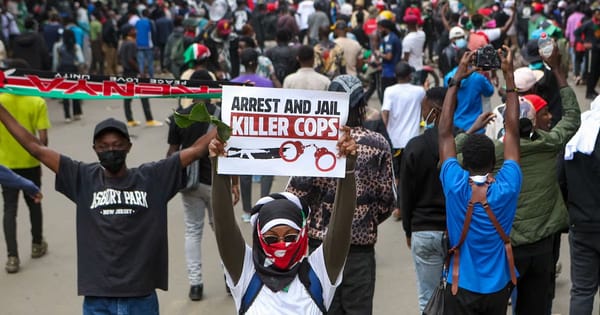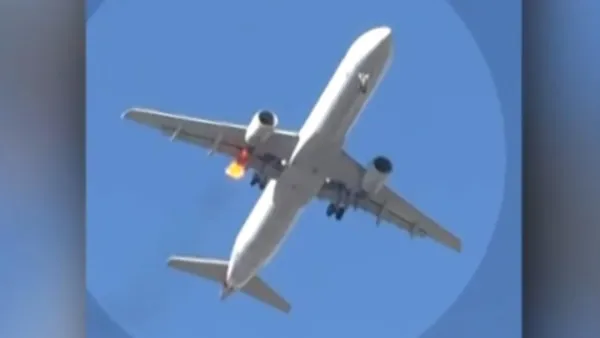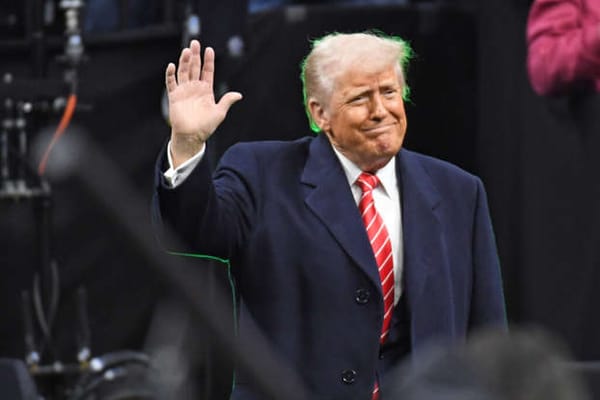Tesla's Robotaxis Operating in a Regulatory Vacuum Amid Safety Concerns

Tesla's recent launch of its robotaxi service in Austin, Texas, has faced immediate scrutiny following reports of operational errors, such as vehicles driving on the wrong side of the road and abruptly stopping near police vehicles. The National Highway Traffic Safety Administration (NHTSA) has initiated an investigation into these incidents to assess potential safety risks.
However, the effectiveness of federal oversight is compromised due to significant reductions in regulatory capacity. Under the current administration, the Department of Government Efficiency (DOGE), led by Elon Musk, has laid off numerous safety regulators at NHTSA. Additionally, recent court rulings have weakened consumer protections, leaving a regulatory vacuum that hampers meaningful intervention.
Despite at least 58 deaths linked to Tesla's Autopilot and Full Self-Driving systems, the lack of robust regulatory power prevents meaningful intervention. State authorities, like California’s Department of Motor Vehicles, have some regulatory limits but lack federal-level recall authority. Consequently, Elon Musk aims to deploy a million robotaxis by 2026, capitalizing on minimal oversight amid growing safety concerns.
The NHTSA's investigation into Tesla's robotaxi service underscores the challenges of regulating autonomous vehicles in a rapidly advancing technological landscape. The current regulatory environment raises concerns about the balance between innovation and public safety.




